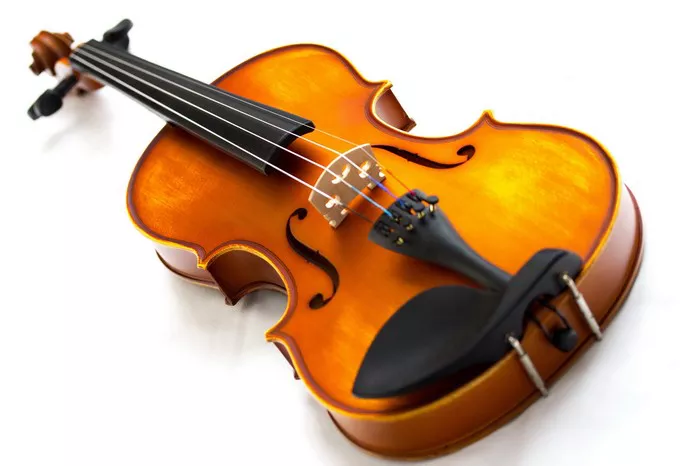Understanding the various components of the violin, including its range and versatility, can shed light on the question of whether it can utilize the alto clef. The violin is renowned for its melodic capabilities, encompassing a wide spectrum of pitches and tones. While primarily associated with the treble clef, the violin’s adaptable nature opens the door to exploring alternative clefs such as the alto clef.
Understanding Violin Components
The violin, a string instrument with four strings tuned in perfect fifths, comprises various components that contribute to its distinctive sound and functionality. These components include the body, neck, fingerboard, bridge, strings, and bow. The violin’s range spans approximately four octaves, allowing for a diverse repertoire ranging from soaring melodies to rich, resonant harmonies.
Can Violin Use Alto Clef?
While the violin traditionally utilizes the treble clef, it is theoretically possible for it to use the alto clef. The alto clef, also known as the C clef, positions middle C on the middle line of the staff. This clef is commonly used by violas and occasionally by other instruments such as the alto trombone and the English horn. Given the violin’s similar range to the viola, it could theoretically adapt to the alto clef with proper transposition and notation adjustments.
Functions of Alto Clef for Violin
Introducing the alto clef to the violin repertoire could offer several functional advantages. One potential benefit is the ability to explore new tonalities and register transitions more seamlessly. The alto clef’s placement of middle C on the middle line of the staff provides a clear reference point for navigating the violin’s range, facilitating smoother transitions between lower and higher registers. Additionally, utilizing the alto clef may enhance ensemble playing and score reading comprehension, as violinists would gain proficiency in reading multiple clefs, thereby expanding their musical versatility.
Advice for Violinists Considering Alto Clef
For violinists considering incorporating the alto clef into their repertoire, several pieces of advice can help facilitate the transition and optimize their learning experience. Firstly, familiarize yourself with the fundamentals of the alto clef, including its positioning on the staff and its relationship to middle C. Practice reading music written in the alto clef to develop fluency and confidence in interpreting notation accurately.
Next, experiment with transposing violin music into the alto clef to gain a deeper understanding of its application and suitability for the instrument. Focus on identifying patterns and intervals within the music to streamline the transposition process and improve efficiency. Additionally, seek guidance from experienced violists or music educators who can offer insights and practical tips for navigating the alto clef effectively.
As you delve into the realm of alto clef notation, remain patient and persistent in your practice efforts. Learning a new clef can be challenging initially, but with dedication and perseverance, you can gradually build proficiency and confidence in your ability to interpret and perform music written in the alto clef. Embrace the opportunity to expand your musical horizons and enrich your repertoire by incorporating the alto clef into your violin playing.
Conclusion
In conclusion, while the violin traditionally employs the treble clef, it can theoretically utilize the alto clef with proper transposition and notation adjustments. Exploring the functions of the alto clef for violinists opens up new possibilities for tonal expression, register transitions, and ensemble playing. By familiarizing themselves with the fundamentals of the alto clef and seeking guidance from experienced musicians, violinists can expand their musical horizons and enhance their versatility as performers. Embrace the challenge of incorporating the alto clef into your violin repertoire, and unlock the full potential of this versatile instrument.


